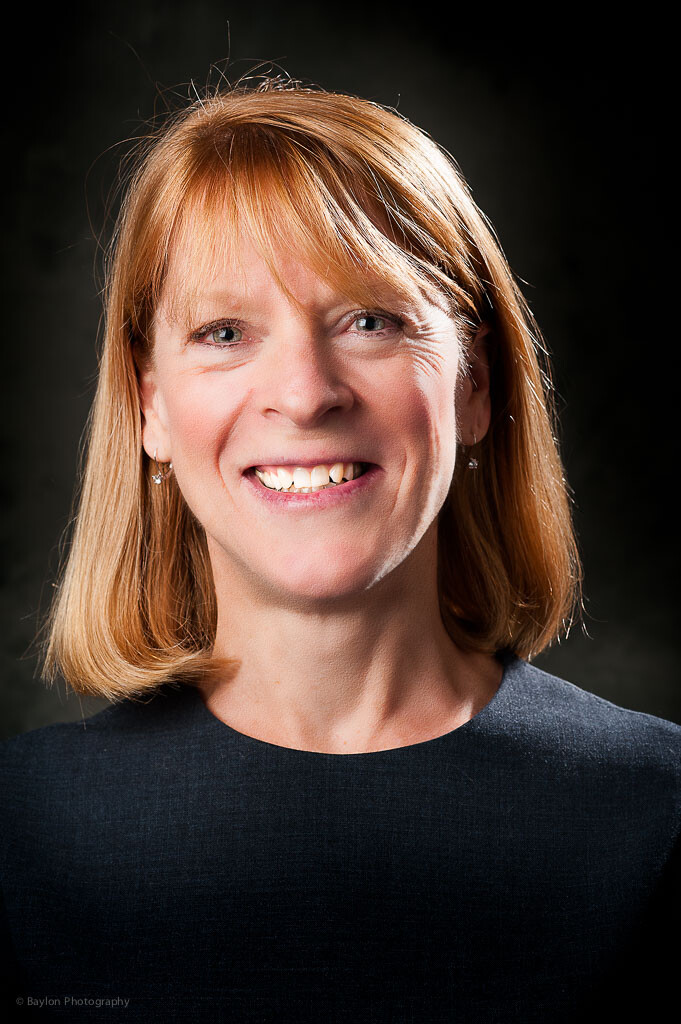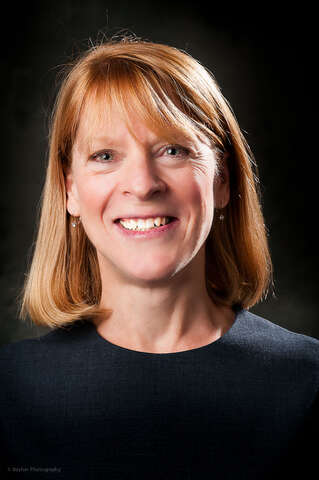Main Second Level Navigation
- Welcome
- Why Toronto?
- History of the Department
- Vision & Strategic Priorities
- Our Leadership
- Our Support Staff
- Location & Contact
- Departmental Committees
- Department of Medicine Prizes & Awards
- Department of Medicine Resident Awards
- Department of Medicine: Self-Study Report (2013 - 2018)
- Department of Medicine: Self-Study Report (2018 - 2023)
- Communication Resources
- News
- Events
Chair's Column: The Current State of Women in Internal Medicine

Dr. Gillian Hawker

The year 2016 marks some key events in the history of women’s rights – and women in medicine – in Canada. The year 2016 marks the 100th anniversary of women in Canada receiving the right to vote thanks to social activist Nellie McClung. The year 2016 also marks the 110th anniversary of the admission of women to medical school at the University of Toronto.
On the Shoulders of Giants
Canadian women in medicine owe thanks to many strong women who came before us. Ontario-born Emily Stowe, a high school principal, developed renewed interest in the practice of medicine after her husband developed tuberculosis. Denied entrance to medical school at U of T, she earned her degree in the United States in 1867. Unable to practice medicine in Canada with a ‘foreign’ license, she and fellow student Jenny Trout were given special permission to attend medical school classes at U of T in 1870. Faced with hostility from both the male faculty and students, Stowe refused to take the oral and written exams and left the school – Trout continued and was the first woman licensed in Canada to practice medicine. Stowe was finally granted a license to practice by the CPSO in 1880 based on her 30-year experience with homeopathic medicine.
In 1883, Stowe led a group of her supporters to a meeting at the Toronto Women's Suffrage Club, stating "that medical education for women is a recognized necessity." The motion was seconded and less than six months later, Woman's Medical College was opened. In 1895, the College amalgamated with its sister institution in Kingston, Ontario – begun by Jennie Trout - and became the Ontario Medical College for Women (now Women’s College Hospital). A practical experience clinic called the Dispensary was opened in Toronto in 1898 to allow female patients to obtain the services of women doctors in a field dominated by men. Finally, in 1906, almost 100 years after medical training began at U of T women were admitted to U of T Medicine.
Since that time, we have seen a steady rise in the numbers of women admitted to, and graduating from, our medical school. Now, in most medical schools across North America, women comprise at least half of the class (mine was 43% women back in 1984). Between 2006 and 2015, women comprised just over half of the undergraduate medical school class, on average (52.4%). So imagine my dismay when I learned that only 36% of our faculty members are female! Figure 1
Figure 1 - Distribution of Full Time Faculty Members by Division and Sex
Across divisions, the proportion of faculty that is female varies from a low of 16% (cardiology) to a high of 63% (rheumatology).
Where are all the women medical graduates going? Do we have a leaky pipeline?
I knew I wanted an academic career and a family. Like many women graduating from medical school, I chose family medicine first. But within the first month of my first year of family medicine – on the 14 Eaton CTU - I realized I had made a mistake. Internal Medicine was fantastic! I applied for medicine and, fortunately, was accepted the following year.
Then came the time to choose a specialty – about the same time that I was getting ready to marry my husband, a pediatrician/neonatologist. I found myself struggling with how best to balance that desire for academic medicine with raising a family alongside a busy pediatrician who would have lots of in hospital on-call responsibilities. It was between hematology/oncology and rheumatology. I chose the latter as I thought it would provide me more time for my family.
Well, you know what they say about the best laid plans. I proceeded to have three babies in four years (I married a pediatrician remember)! And this was the era before maternity leave. When residents took time off, they were expected to make it up before or after the leave (in other words, while heavily pregnant or having newly delivered a non-sleeping baby). Needless to say, we took as little time off as possible. When asked once by a few young female faculty members the proverbial question, “How did you do it?” I had to admit I had no idea...I don’t remember much. We hired a good nanny – my children’s second mother – who, by the way, is still with us almost 30 years later – only now she helps take care of my husband and I and my 96 year old mother. We would not have survived without her.
So, had things stayed like this I would have completely understood why no one would want to do what I and others had to do to have it “all.” But, thankfully, they have not!
So why don’t we have a greater proportion of women in academic medicine?
I find looking at data really helpful – so I asked our staff to help me identify the leaks in our pipeline from medical school to academic medicine. This is what I’ve learned.
Medical School to Internal Medicine and its specialties
From 2010 to 2015, a time period during which most Canadian medical schools were graduating classes comprised of at least 50% women, on average, 45.8% of our PGY1 entry program trainees were female (Figure 2); the proportion is a little lower for internal medicine (about 45%) than for our other PGY1 entry programs (dermatology, PM&R, neurology, and emergency medicine), which all sit closer to the 50% mark.
Figure 2: % Female U of T Medicine Students and PGY1 Entry Program Trainees
Internal Medicine to the PGY4 Medicine sub-specialties
Between 2010 and 2015, 54% of our PGY4-5 trainees were female. However, the representation of women across residency programs varies substantially, from a low of 31% (cardiology) to a high of 75% (medical oncology). It is unknown if these proportions reflect the proportions of women and men seeking training in these areas.
Recruitment to Academic Full Time Faculty
Prior to 2000, the DoM recruited 2.5 men for every 1 woman. Since then, the ratio has dropped to 1.3 to 1. However, recruitment by gender varies by academic position description; among clinician teachers recruited since 2000, approximately half are women. In comparison, 39% of clinician investigators and 32% of clinician scientist recruits have been female. Figure 3 It is unknown if these proportions reflect the proportions of women seeking academic appointment at U of T.
Figure 3: Full Time Faculty Recruited 2000-2015 by Sex and Position Description
Promotion through the Ranks
Among full-time faculty members eligible for promotion between 2009 and 2015 (e.g., not already full professor), we examined the proportion that were promoted by gender and academic position description. Table 1 Overall, 35.6% of eligible women and 35.2% of eligible men were promoted to associate professor; the proportions were 53.4% and 50.2%, respectively, for promotion to full professor.
For both male and female faculty, the rate of senior promotion differed by academic position description (lowest for teachers and highest for scientists). It is unknown if these proportions reflect the proportions of women and men seeking promotion.
Table 1: Percent Eligible Faculty Members Promoted by Sex and Academic Position Description
(2009-2015)
Women Faculty in Academic Leadership Roles
Based on data from the 2013-2014 report, “The State of Women in Academic Medicine: The Pipeline and Pathways to Leadership”, women hold a significantly small number of key leadership positions (15% Department Chairs; 16% Deans), but are relatively better represented in the Dean’s Office in administrative roles (46% Assistant Deans; 38% Associate Deans; 34% Senior Associate Deans).
Currently, five of our 19 Departmental Division Directors (26%), one in six PICs (16%), one in five Vice Chairs (20%), and three of five education program directors (60%) are women. Including me, 31% of our DoM leaders are women.
Summary:
- Half our residents are female, which reflects the proportion of women pursuing careers in medicine. However, the proportion of trainees that are female varies substantially across our programs. It is unknown if these proportions reflect the proportions of women seeking training in these areas.
- Recruitment of male faculty members exceeds that of female faculty, but the ratio has declined. Men and women are equally likely to be recruited as clinician teachers, but men are more likely than women to be recruited as clinician investigators and scientists. It is unknown if these proportions reflect the proportions of women and seeking academic appointment at U of T.
- Once recruited, male and female faculty members appear to progress along the ranks similarly with one exception; among clinician teachers, fewer women than men were promoted to full professor, but the rates were low for both groups. It is unknown if these proportions reflect the proportions of women and men seeking promotion.
- Less than one third of our senior DoM leadership positions are held by women. It is unknown if this reflects the proportion of women who are interested in senior leadership roles.
While these findings do suggest that gender equity is improving within our DoM and its training programs, there is still much work to be done. Most importantly, we need to understand if our findings reflect rational differences in career decision making by women versus men and/or barriers to the advancement of women in academic medical careers. Under the leadership of our newly appointed Vice Chair, Mentorship, Equity and Diversity, Dr. Sharon Straus, and her colleagues, we will pursue the answers to these questions and continue to advance standard processes for resident selection, faculty appointment and promotion to leadership roles in order to reduce potential for unconscious bias.
Towards this objective, I have made a gift of $50,000 to establish The Fund for the Advancement of Women in Academic Medicine. I welcome others in the Department to contact me to learn more about the fund and if interested, learn how you can get involved.
